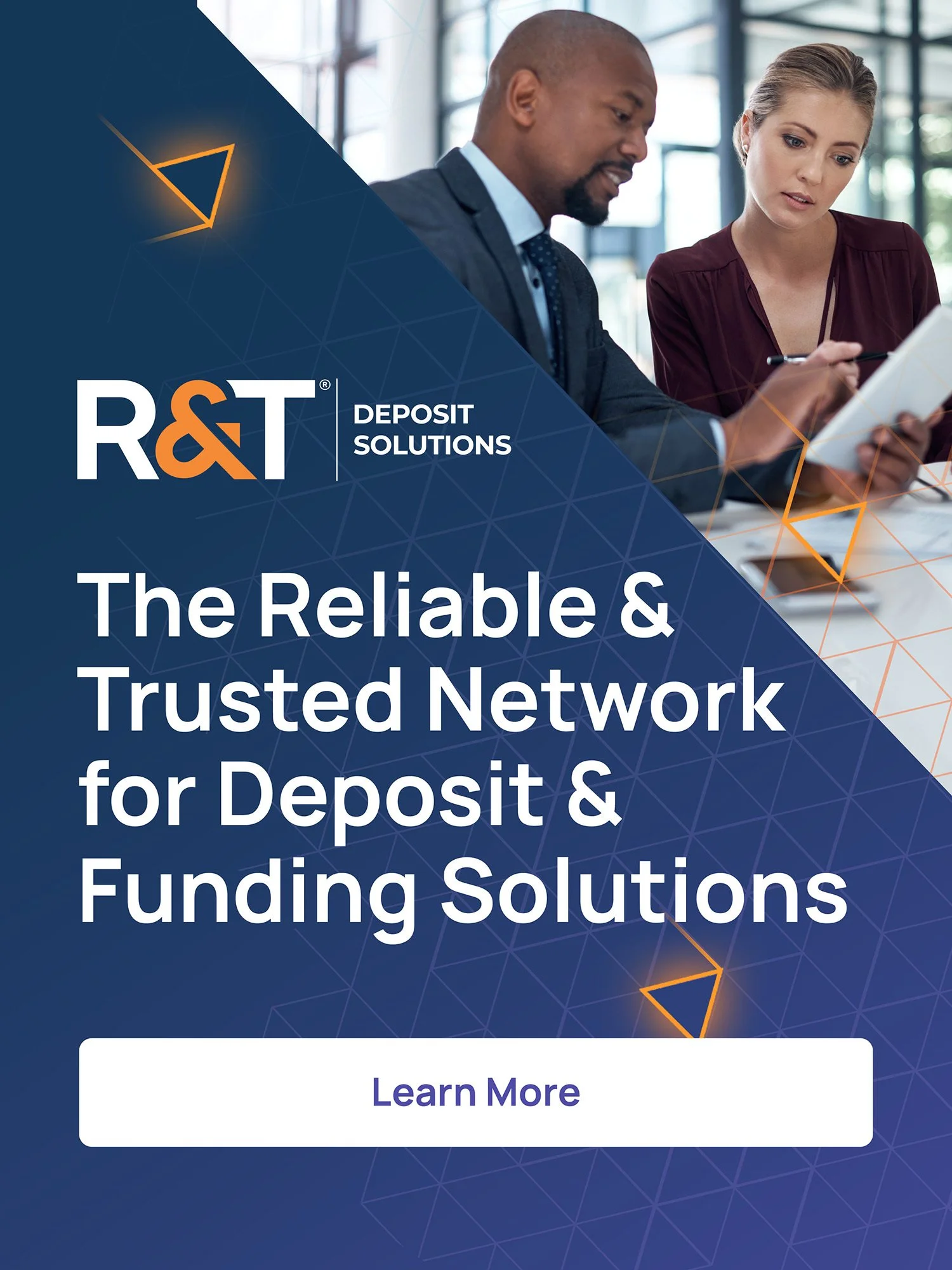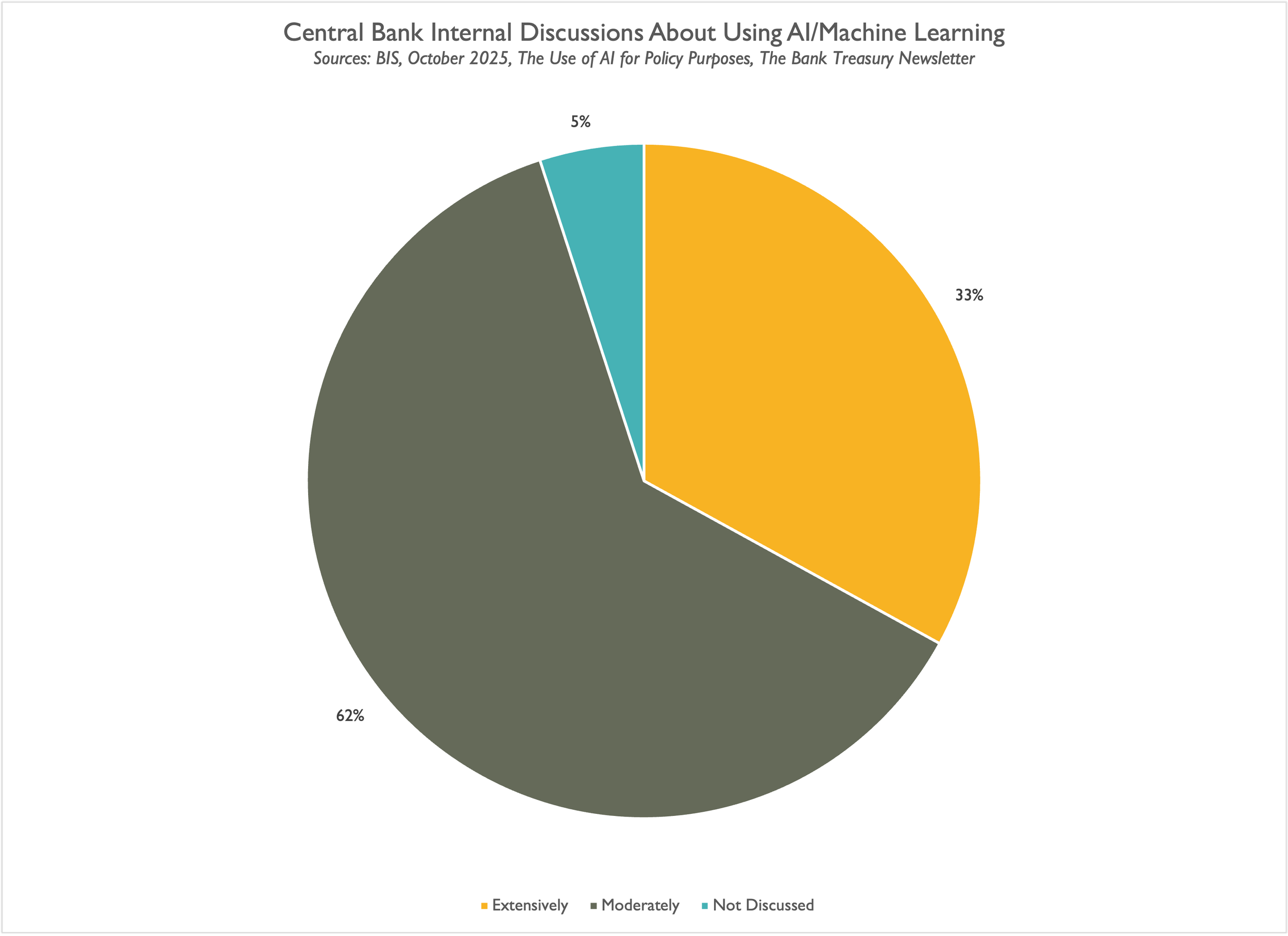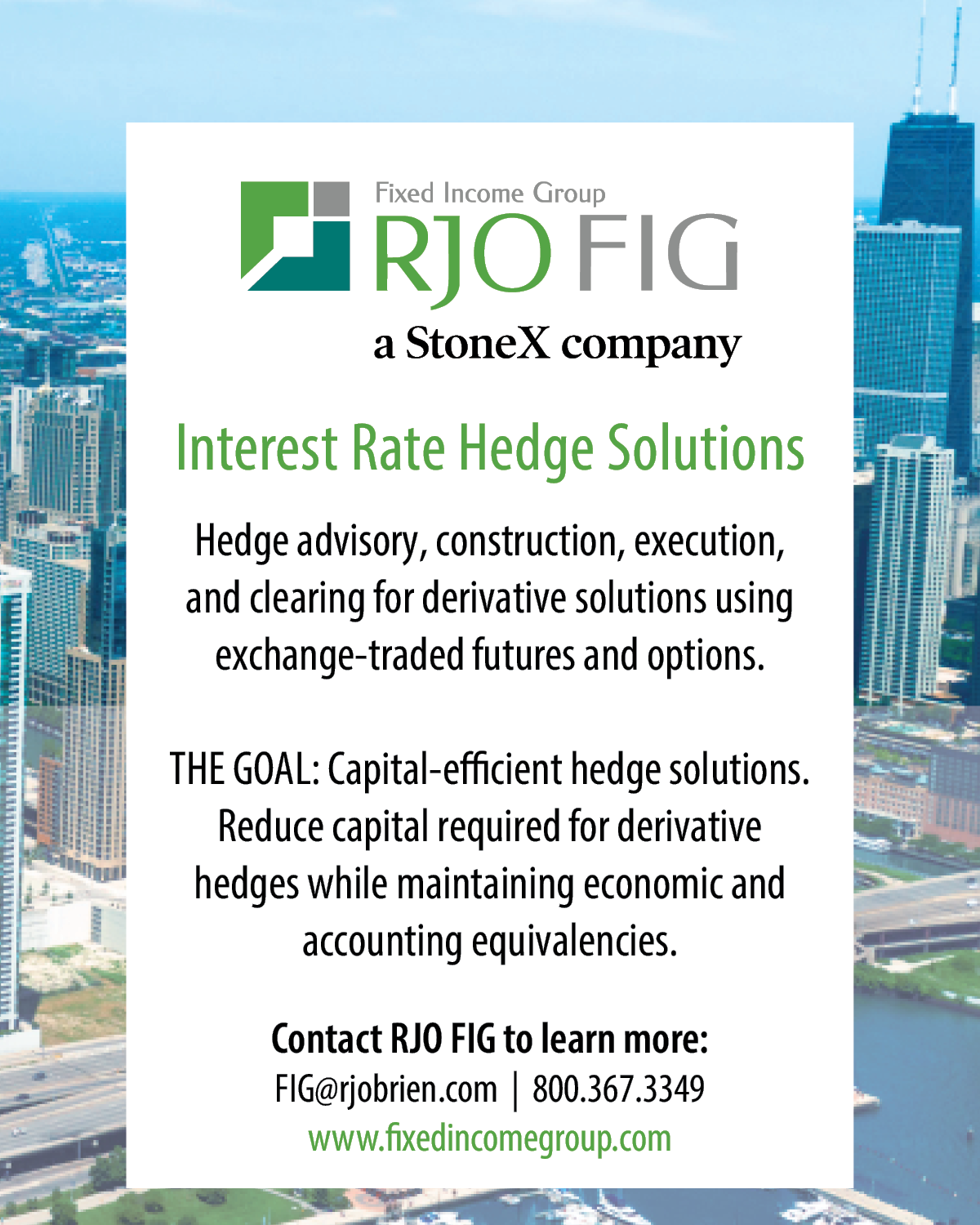From the largest to the smallest banks, finding scalable and identifying profitable opportunities to integrate the latest artificial intelligence (AI) technology into operations is among every bank treasurer’s list of top priorities for 2026. Adoption at this stage is still experimental, but the key thing is that familiarity with the technology breeds more opportunities to incorporate it that may not be obvious at the outset. Building on the discussion in this month’s newsletter, the slides in the chart deck examine the use cases bank treasurers can already see for it, the general uncertainties and reservations they have about it, and the economics and realities that are pushing them towards and away from adoption.
One of the top reasons senior business executives give for not wanting their staff to use Gen AI is that it will sap creativity (Slide 1). But for central banks (including the Fed, the ECB, the Bank of England, the Bank of China, and the Bank of Japan), where economists rely on data management and analysis to do their work, AI technology is a godsend, which they view as helping them with payments management, economic analysis, and bank supervision (Slide 2). The public is still skeptical, and the majority opinion that AI could help with creative thinking, problem-solving, complex decision-making, or even serving as a companion is a definite no (Slide 3).
AI adoption comes at a cost, as electricity to power data centers increases demand and raises consumer prices (Slide 4). That demand will increase because data suggest the technology could be more popular than the PC was when it entered the mass market 40 years ago (Slide 5). The most-cited tasks workers report using AI for are creating communication content, followed by performing administrative tasks and summarizing documents (Slide 6). One thing users see is how much time AI saves them (Slide 7), especially when they use it regularly. Economists believe that AI will power economies (Slide 8), assuming it does not lead to a great AI singularity that replaces all humans.
The technology is more user-friendly, one of the top reasons executives give why they have increased their focus on this topic, looking for ways to put it to good use in their businesses (Slide 9), but one of their top reasons holding them back is that they worry they do not have the right talent in their institutions to execute (Slide 10).
What Worries You Most About AI?
AI Use Cases For Central Banks
AI Might Be A Great Problem Solver, But The Jury Is Still Out
AI Strains Power Supplies And Raises Its Cost
AI More Successful Than The PC 40 Years Ago
Top AI Use Cases
AI Saves Time
AI-Powered Prosperity
What’s Pushing You?
What’s Stopping You?
The Bank Treasury Newsletter is an independent publication that welcomes comments, suggestions, and constructive criticisms from our readers in lieu of payment. Please refer this letter to members of your staff or your peers who would benefit from receiving it, and if you haven’t yet, subscribe here.
Copyright 2025, The Bank Treasury Newsletter, All Rights Reserved.
Ethan M. Heisler, CFA
Editor-in-Chief



















